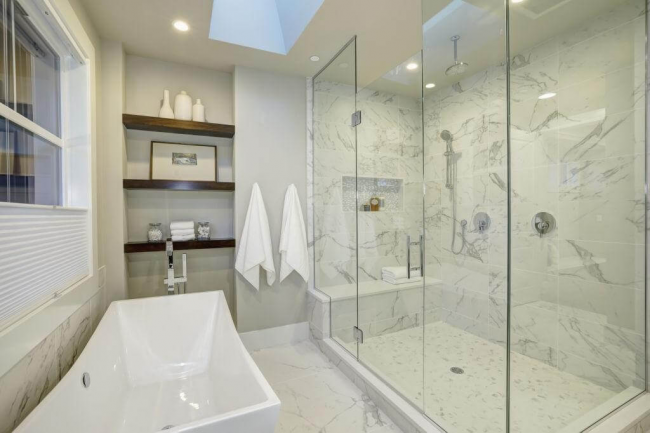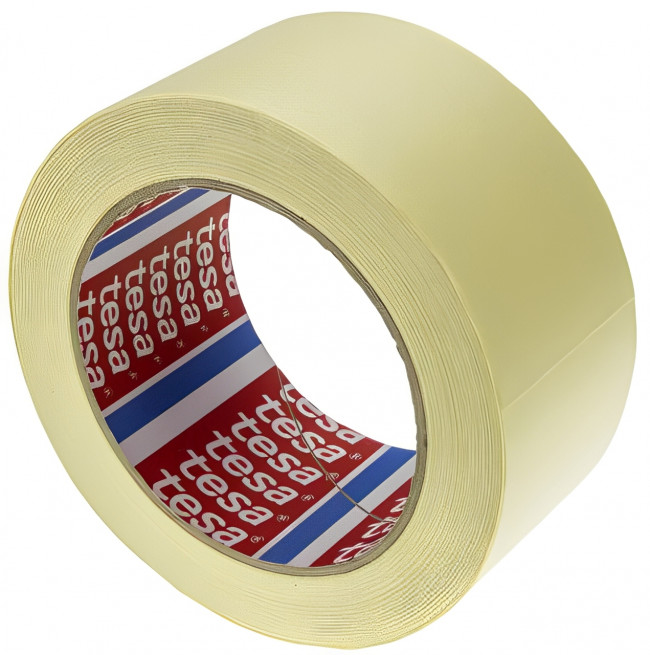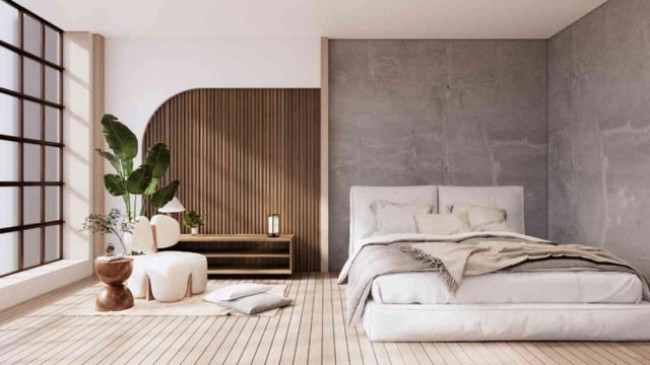Glass shower enclosures have become a popular choice in modern bathrooms, and for good reason. They offer a sleek, sophisticated look that can elevate the overall design of your bathroom while providing practical benefits. Whether you’re renovating an existing bathroom or designing a new one, understanding the benefits, styles, and installation tips of glass shower enclosures can help you make an informed decision. In this article, we'll delve into these aspects in detail.
Benefits of Glass Shower Enclosures
1. Aesthetic Appeal
Glass shower enclosures add a touch of elegance and modernity to any bathroom. The transparent nature of glass allows for uninterrupted sightlines, making even small bathrooms feel larger and more open. Unlike shower curtains or opaque partitions, glass enclosures create a visually appealing, minimalist look that complements a wide range of interior design styles, from contemporary to classic.
2. Durability and Longevity
Tempered glass, commonly used in shower enclosures, is known for its strength and durability. Unlike traditional shower curtains that need frequent replacement due to mold and mildew, glass enclosures are resistant to moisture damage, making them a long-lasting investment. When properly maintained, a glass shower enclosure can last for decades without showing signs of wear and tear.
3. Easy Maintenance
Maintaining a glass shower enclosure is relatively simple compared to other materials. With a squeegee and a mild glass cleaner, you can easily keep your glass enclosure free from water spots and soap scum. Some glass enclosures come with a protective coating that repels water and minimizes the buildup of grime, further reducing the need for frequent cleaning.
4. Versatility in Design
Glass shower enclosures are incredibly versatile in terms of design. They can be customized to fit any bathroom layout, whether you have a compact space or a sprawling master bathroom. Glass enclosures can be designed as sliding doors, hinged doors, or even frameless for a truly seamless look. Additionally, glass can be frosted, tinted, or patterned to offer varying degrees of privacy while still maintaining a light, open feel.
5. Increased Home Value
Installing a glass shower enclosure can increase the overall value of your home. Potential buyers often view glass enclosures as a premium feature, indicative of a well-designed, high-quality bathroom. By investing in a glass shower enclosure, you not only enhance your daily bathing experience but also potentially boost your home’s resale value.
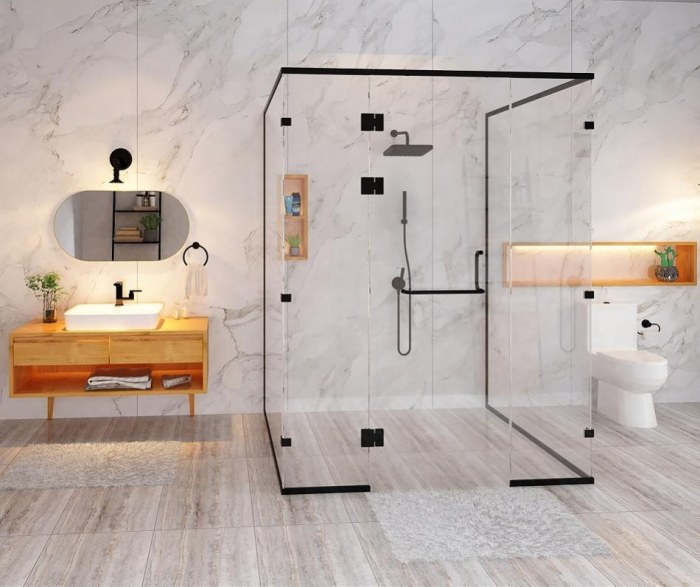
Styles of Glass Shower Enclosures
1. Frameless Shower Enclosures
Frameless glass shower enclosures are the epitome of modern bathroom design. As the name suggests, these enclosures do not have metal framing around the glass panels, creating a clean, uninterrupted view. Frameless enclosures rely on sturdy, thick glass (usually 3/8 to 1/2 inch thick) and discreet hardware to hold the panels in place. This style is perfect for showcasing intricate tile work or other design features within the shower area.
Pros:
- Sleek, minimalist look
- Easy to clean with fewer crevices for mold or mildew to accumulate
- Allows for full visibility of shower design
Cons:
- More expensive due to thicker glass and specialized hardware
- Requires precise installation to ensure water containment
2. Framed Shower Enclosures
Framed shower enclosures feature metal framing around each glass panel. While not as visually open as frameless options, framed enclosures are more budget-friendly and offer robust structural support. The frames are usually made from aluminum, which can be powder-coated in various finishes to match your bathroom’s decor.
Pros:
- More affordable than frameless enclosures
- Available in a wide range of finishes and styles
- Offers additional structural support
Cons:
- The framing can obstruct views and collect grime
- Less of a modern aesthetic compared to frameless options
3. Semi-Frameless Shower Enclosures
Semi-frameless shower enclosures offer a middle ground between framed and frameless designs. In this style, some edges of the glass panels are framed (typically the top and bottom), while other edges remain frameless. This provides a balance between the minimalist look of frameless enclosures and the structural support of framed ones.
Pros:
- Combines the strengths of both framed and frameless designs
- Less expensive than fully frameless enclosures
- Offers a modern look with added stability
Cons:
- May still have some visible framing
- Not as structurally robust as fully framed enclosures
4. Sliding Glass Doors
Sliding glass doors are ideal for bathrooms with limited space. This style features one or more glass panels that slide along a track, eliminating the need for a swinging door that requires clearance. Sliding doors can be framed, semi-frameless, or frameless, depending on your preference.
Pros:
- Space-saving design, ideal for small bathrooms
- Available in various styles to suit different budgets
- Easy to operate
Cons:
- Tracks can accumulate dirt and require regular cleaning
- May limit access to the shower, depending on the design
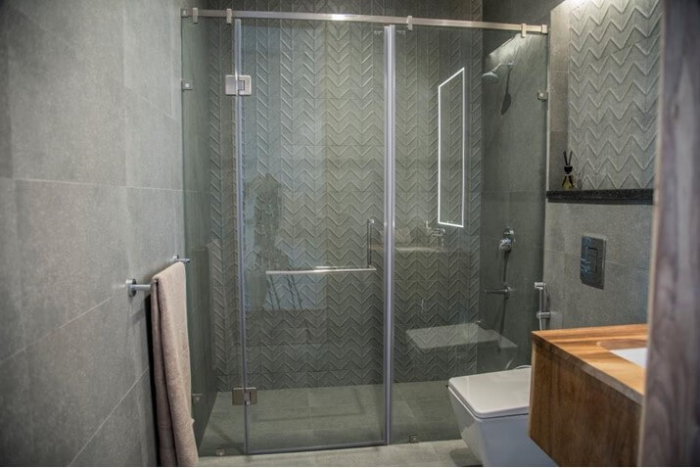
Installation Tips for Glass Shower Enclosures
1. Measure Accurately
Accurate measurements are crucial when installing a glass shower enclosure. Measure the height and width of the shower area at multiple points to account for any variations in wall or floor level. Even small discrepancies can affect the fit of the glass panels, so it’s essential to get precise measurements before ordering your enclosure.
2. Choose the Right Glass Thickness
The thickness of the glass used in your shower enclosure will depend on the style you choose. Frameless enclosures typically require thicker glass (3/8 to 1/2 inch) for structural integrity, while framed enclosures can use thinner glass (usually 1/4 inch). Thicker glass provides a sturdier, more luxurious feel, but it’s also heavier and may require reinforced hardware.
3. Consider Water Containment
Water containment is a key consideration when installing a glass shower enclosure, especially with frameless designs. Ensure that the enclosure is designed to direct water back into the shower area. This may involve installing a threshold or a slight slope in the shower floor. Additionally, using quality seals and sweeps around the door edges can help prevent water from escaping.
4. Hire a Professional Installer
While it may be tempting to install a glass shower enclosure yourself, professional installation is highly recommended. Glass is heavy, fragile, and expensive, so any mistakes during installation can be costly. A professional installer will have the tools and expertise to ensure that your enclosure is installed safely and correctly, minimizing the risk of leaks or glass breakage.
5. Ensure Proper Ventilation
Proper ventilation is essential in any bathroom, but it’s particularly important when installing a glass shower enclosure. Glass enclosures can trap moisture, leading to mold and mildew growth if not adequately ventilated. Consider installing an exhaust fan or ensuring that your existing ventilation system is up to the task.
6. Inspect for Quality
Before finalizing the installation, inspect the glass panels and hardware for any defects or damage. Look for chips, scratches, or irregularities in the glass, as well as any issues with the hardware, such as loose screws or misaligned parts. Addressing these issues before installation can save you time and hassle later on.
Conclusion
Glass shower enclosures offer a perfect blend of style, functionality, and durability, making them an excellent choice for modern bathrooms. Whether you opt for a frameless, framed, or semi-frameless design, understanding the benefits and potential challenges of each style will help you make the best decision for your space. With careful planning and professional installation, a glass shower enclosure can transform your bathroom into a luxurious retreat that you’ll enjoy for years to come.

